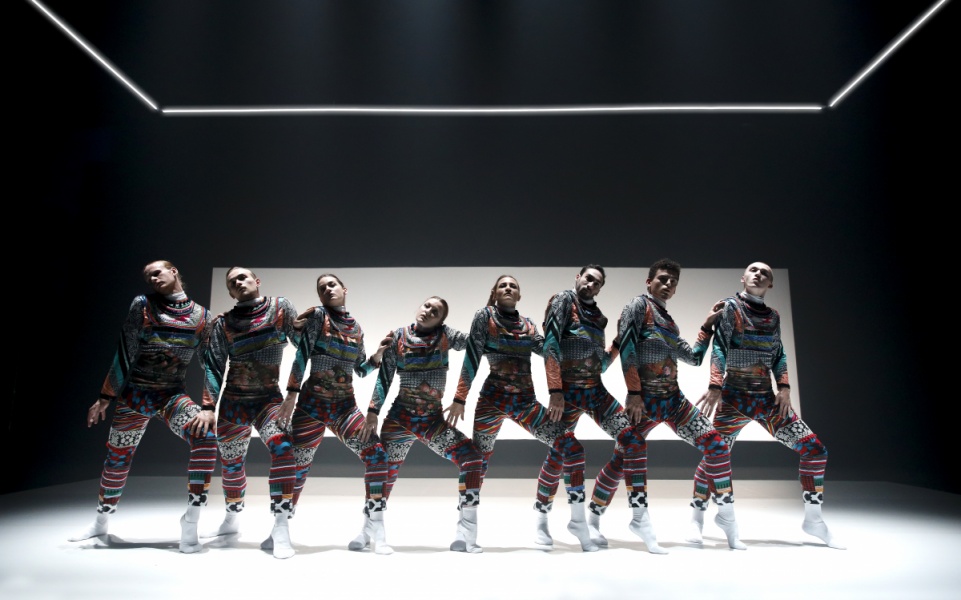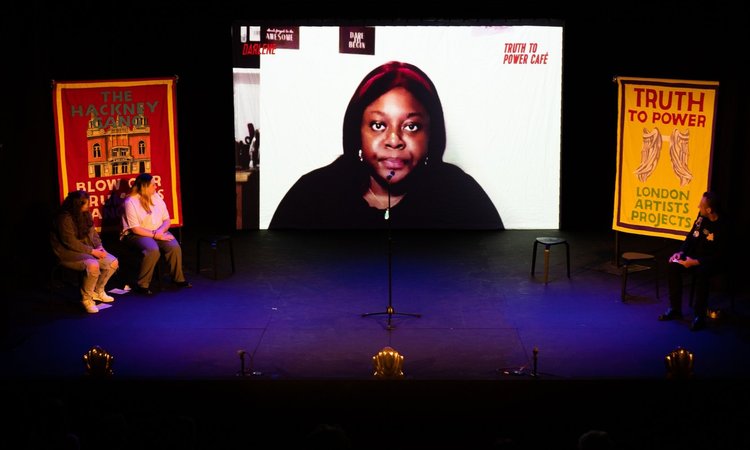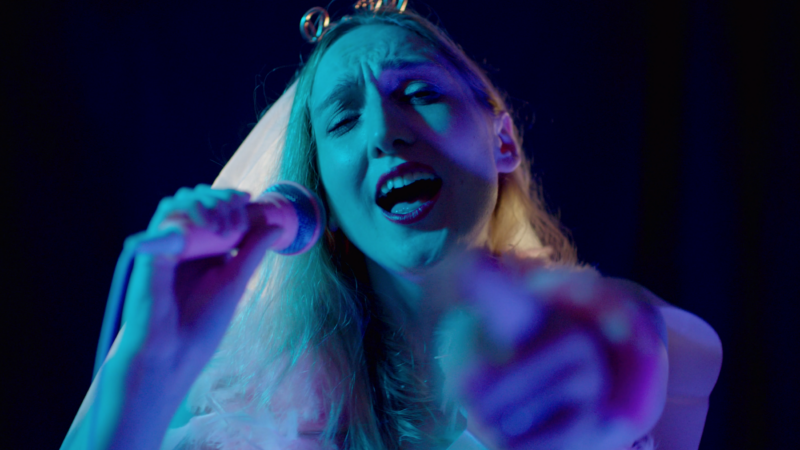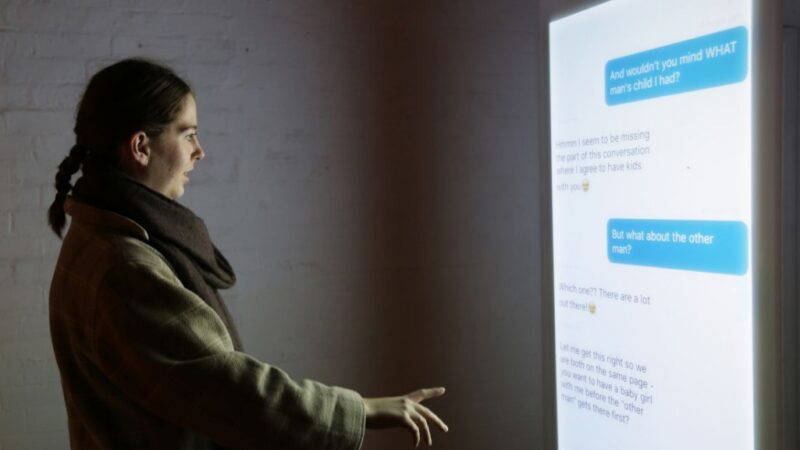What does the term ‘digital’ mean to the cultural sector? Fiona Morris, The Space’s CEO and Creative Director shares her thoughts….
Do we need a new word? The breadth of topics encompassed by the term ‘digital’ in 2018 is such that it sometimes feels like it’s no longer fit for purpose; or at least not without the attendant string of clarifiers and caveats we often see attached to it. Perhaps, instead, we simply need to accept it as an ever-present, silent pre-/suffix, given its centrality to all aspects of the arts in the 21st Century; to paraphrase David Foster Wallace, in many respects digital is now ‘water’.
Whether within the context of digital technology enabling new expressions of artistic intent, the democratisation of the means of production of work through the meteoric rise of the smartphone, or the web enabling artists and audiences to find each other across the physical world, there is no aspect of artistic practice which hasn’t been redefined or revolutionised by ‘digital’ (whatever that may be).
This breadth of meaning and scope is reflected in a series of essays, compiled by The Space to offer a snapshot of some of the questions and considerations raised in the minds of artists and institutions as the relationship between the arts and digital becomes ever-more symbiotic. From the marketing and audience-development opportunities at our fingertips, as seen by Curzon’s Damien Handley, to the question of when digital platforms really add value, explored by artist and curator Leila Johnson, these pieces by a selection of practitioners from across the arts landscape address some of the central issues cutting across areas of praxis in the UK today.
At The Space, we support the UK arts and cultural sector to make great art and reach new audiences using digital media, content and platforms. We provide commissioning support for arts and cultural organisations, and the artists they work with, plus training events and online resources, as part of the Government’s commitment to harnessing the creative potential of technologies for arts organisations in the UK. As outlined in the recent DCMS ‘Culture is Digital’ report, over the coming years we are committed to working in partnership to help arts organisations navigate the new landscapes of digital rights, audience engagement, and associated issues, whilst continuing to help them deliver innovative projects in new digital spaces.

What is clear is that, whatever the answers to the questions posed in the essays here presented, the coming three, five, ten years of interaction between digital technologies and the arts are set to see a continuation of the excitement and innovation I have been privileged to see in my time at The Space – I am thrilled to see what they bring.
How useful was this resource?




